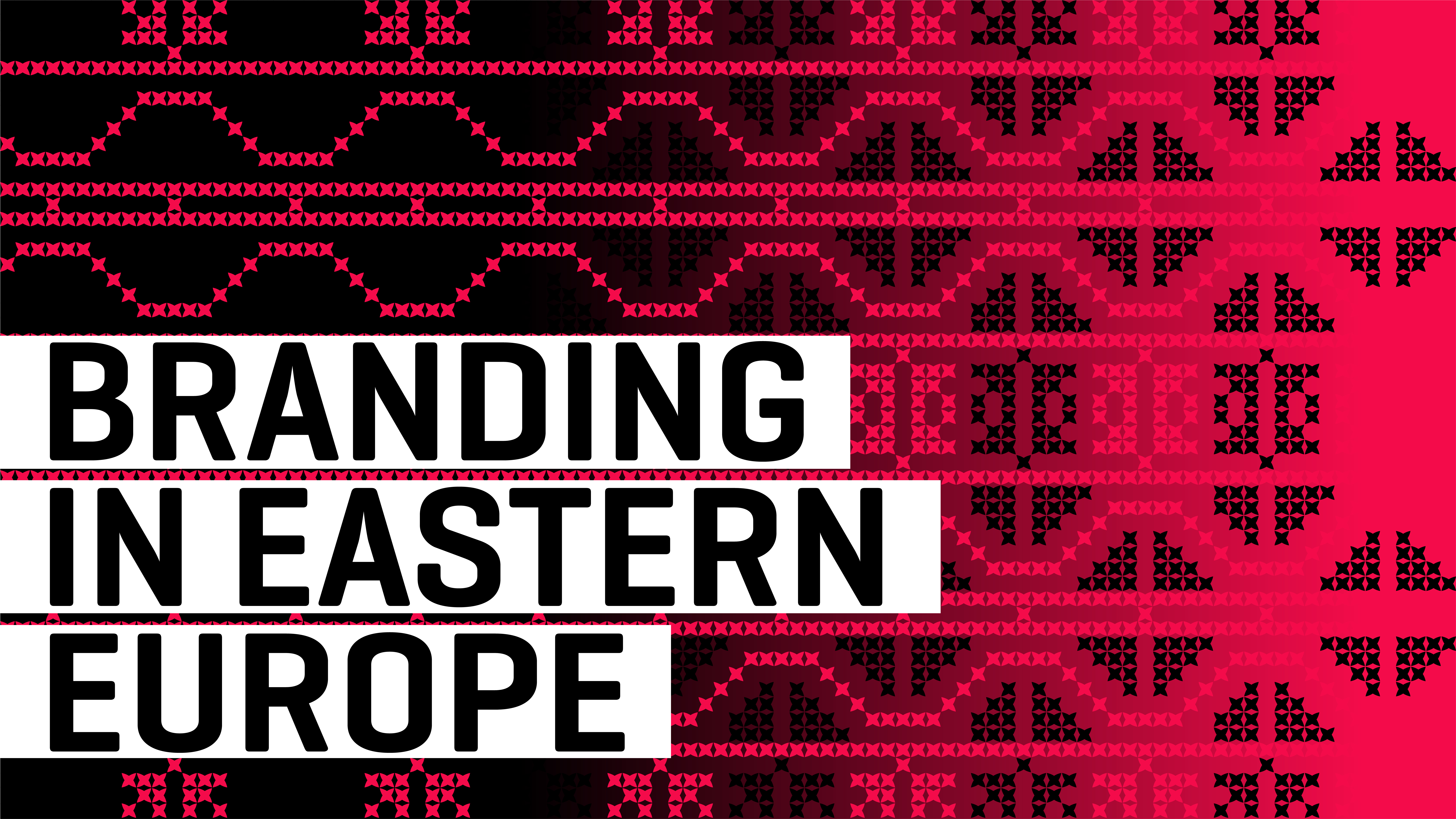
Branding in Eastern Europe

Brands should transmit their messages coherently across geographies and remain consistent and relevant to their target audiences. A successful brand strategy must consider local characteristics. We offer you a closer look at the branding in Eastern Europe, getting first-hand experiences and insights from Dimitar Gavanski, creative partner at the Sofia office of INTO Branding.
Inhalt
- Branding-Zustand in Osteuropa
- Herausforderungen des osteuropäischen Marktes
- Aufklärung und Weiterbildung bezüglich Branding
The contemporary Eastern Europe market is multi-faceted when it comes to branding and cannot be observed as an equally developed market. On the one hand, with cities like Moscow and Saint Petersburg, there are huge, blooming and well-developed markets in the European part of Russia. In these areas, branding has evolved from a trend into a well-organised industry in very little time. Only ten years ago, there have been no branding agencies in Moscow. Nowadays, this industry is rapidly growing, and its professional union consists of over 70 member agencies. On the other hand, zooming into Bulgaria as an example, we acknowledge that the scale is a lot smaller which is profoundly impacting the development pace.
In the overall Eastern Europe market, it is much more about growth than in the Western Europe countries. Brands are often created with a strategy focused on growth, internalisation, and expansion. With a unique target group, the market offers a good testing ground for new ideas and brands are more open to chances, and to be bold and daring. On the contrary, brands in Western Europe are often longer established, have a longer brand heritage and address a more demanding audience. With such a legacy at stake, it is no surprise that changes tend to be more subtle and instead focus on restyling or refreshing.
Regional Challenges & Opportunities
In Western Europe, strategic thinking and creativity as part of the branding process are not questioned much, whereas, in Eastern Europe, branding specialists often need to explain and justify their strategic approaches. It is often that marketers on the client side aim at diminishing efforts necessary in the decisive phase to cut cost. Their approach represents a significant challenge in the Eastern Europe market. Furthermore, they tend to require more personal attention and a higher level of diplomacy and psychology.
In terms of market-specific opportunities, the diversity and scale of potential branding opportunities in Eastern European markets are broad, projects are often non-conventional and offer a vast potential of growth. In an unsaturated market like this, every project makes a real difference, and branding specialists could see the immediate impact of their work.
The Value of Branding
In most cases, Eastern European companies turn towards branding experts when they follow significant growth ambitions, and the majority of brand issues are growth-driven. Other common reasons are launches of new products or platforms, a decline in demand for traditional products and services, mergers and acquisitions, a new corporate strategy or market-entry or internationalisation strategies.
With such challenges in the pipeline, it is essential to choose a branding partner who would start with the core of the brand and build around it. There could be quick gains and faster solutions. With a holistic and turnkey brand strategy at the foundation, any brand is much more likely to succeed in the long run and achieve sustainable and lasting growth. In Eastern European markets, agencies could thrive being focused purely on branding, e.g. INTO Branding is still the only branding agency in Bulgaria. Indeed, branding-only agencies can have significant benefits for their clients: Whereas advertising agencies are often integrating branding as a supplementary service and lead by advertising-driven decisions, branding agencies see it as their focus competence and put it in the centre of their attention. However, an overall tendency towards a holistic strategic transformation, rather than the campaigns-based approach, is awakening.
Regarding the value of branding, it is often a long process to explain its distinction as a strategic business tool. In the beginning, many clients perceived branding as design and did not see immediately how this strategic approach would support in addressing their corporate challenges. Today, on the other hand, client inquiries for more strategic projects represent an increased level of education in the market. Also, the general understanding of the difference between designing a mere visual identity and a thorough brand strategy (including f.ex. positioning) is becoming more apparent than it was a couple of years ago. Hence, telling success stories to make clients better understand branding and why it matters: “As branding is intangible service, the best way to persuade clients in the value of branding is to show them success stories of other brands. References work well on small markets since everyone knows everyone.”
Finally, in Eastern Europe, the notion exists that quality education in design, in general, does not matter. According to this point of view, self-educated designers are valued as much as trained designers. Obviously, this creates unequal decision-making criteria for choosing a branding and design partner. Although there indeed are great self-educated designers, quality education in design and branding remains very important. To obtain such training – even without the institutional support – Dimitar recommends starting a trainee programme at a branding agency or joining a university abroad.
About the Author

Dimitar is one of the founding partners at INTO Branding, managing the office in Sofia, Bulgaria. Before that, he was working for Hesse Design (Germany), Xeo creative communication (Germany), Interbrand (Switzerland/ Russia), BBDO Branding (Russia) and VMKR (Russia). For over 15 years, he was responsible for the conceptual development, design, and production of identity programs, print communications, branded environments, and interactive experiences for a wide variety of clients, such as Melitta, 3M, Troika Dialog, VTB Bank, Russian Railways, BASF, Lindt, Evonik, Pasa Bank, KROST and others.


